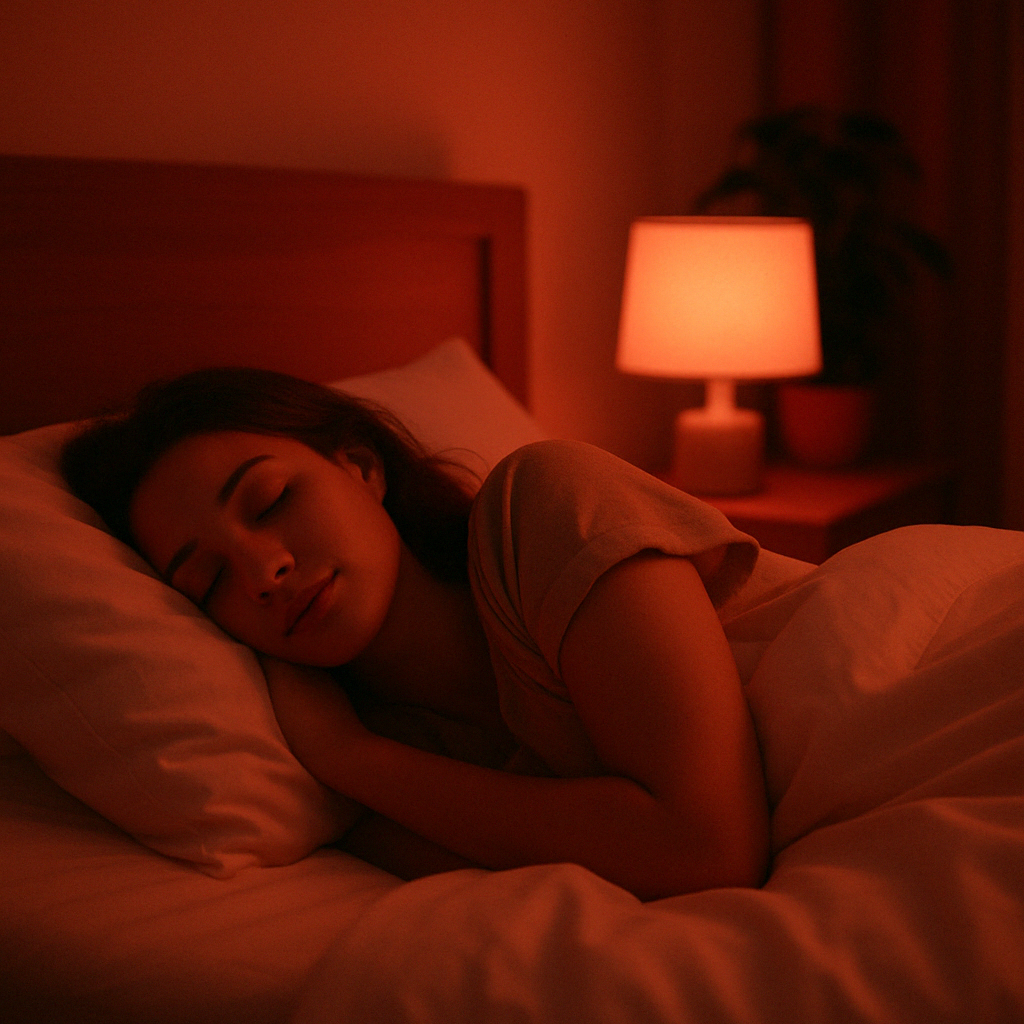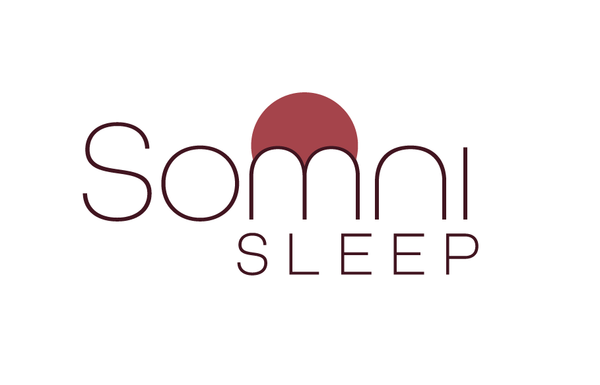
How Light Affects Your Sleep
Share
Why light matters for your sleep
Light plays a crucial role in how well we sleep, and it’s not just about brightness. The colour and timing of light exposure can either support or disrupt your body’s natural sleep cycle.
Understanding the relationship between light and sleep can help you make small changes that lead to deeper, more restorative rest. So, let’s explore what science says about how light affects sleep and how you can optimise your nighttime environment.
How light influences your circadian rhythm
Your body operates on a 24-hour internal clock, known as the circadian rhythm. This rhythm is primarily regulated by light exposure. When your eyes detect light, especially in the morning, they send signals to your brain to suppress melatonin (the sleep hormone) and make you feel alert. At night, darkness triggers melatonin production, helping you wind down and prepare for sleep.
However, not all light is equal. The type and timing of light exposure can have a big impact on your sleep quality.
Different types of light
1. Blue Light: The Sleep Disruptor
Blue light is naturally present in daylight, which is great for keeping us awake and alert during the day. We need blue light. However, artificial sources of blue light - like LED screens, smartphones, tablets, and energy-efficient bulbs, can interfere with your body's ability to wind down at night.
The Science:
- Studies show that exposure to blue light in the evening suppresses melatonin production, making it harder to fall asleep.
- One study found that using blue-light-emitting devices before bed can delay sleep onset by up to 90 minutes.
- Blue light can also reduce REM sleep, the deep sleep stage that’s essential for memory and cognitive function.
What should you do?
- Avoid bright screens by limiting screen time or overhead lighting at least 90 minutes before bed to allow melatonin to rise naturally.
- If you must use a screen, turn on night mode or use blue-light-blocking apps on your devices.
- Swap out bright LED bulbs in the bedroom for warm, sleep-friendly lighting.
2. White & Bright Light: Best for Mornings
Exposure to bright light, especially sunlight, in the morning helps regulate your sleep-wake cycle. It tells your brain that it’s time to be alert, helping you feel more awake throughout the day and making it easier to fall asleep at night.
The Science:
- Morning light exposure increases cortisol at the right time, which improves focus and stabilises your sleep cycle. many sleep experts recommend getting 5–10 minutes of sunlight exposure within an hour of waking (or 30 minutes on cloudy days).
What should you do?
- Get at least 10–30 minutes of sunlight as early as possible in the morning.
- Keep workspaces well-lit to boost alertness and productivity during the day.
3. Red Light: The Sleep-Friendly Alternative
Unlike blue and white light, red light has minimal impact on melatonin production. This makes it the best option for nighttime lighting. Studies suggest that red or warm amber light can support a natural sleep cycle without interfering with your body's ability to wind down.
The Science:
- Research indicates that red light exposure in the evening does not suppress melatonin like blue or white light does.
- Some studies suggest red light can improve sleep quality and duration, particularly for those with sleep difficulties.
What to do:
- Use a red night light if you need light during the night.
- Replace bright, cool-toned bedside lamps with warm, dim lighting.
- Consider using red light reading lamps instead of traditional white bulbs.
- Position lights low to the ground, as overhead lighting is more disruptive to your sleep cycle.
How to Optimise Your Lighting for Better Sleep
Now that you know how different types of light affect sleep, here are some simple changes you can make:
✅ Morning: Get natural sunlight exposure within 30 minutes of waking or use bright lighting to signal wakefulness.
✅ Daytime: Keep your environment well-lit to maintain energy and alertness.
✅ Evening: Dim the lights and avoid blue-light screens (TVs, ipads, iphones) at least an hour before bed.
✅ Night: Use red or warm lighting for night lights, reading lamps, and bedtime routines.
By aligning your lighting habits with your body’s natural sleep cycle, you can fall asleep faster, stay asleep longer, and wake up feeling more refreshed.
Final Thoughts
Light is one of the most powerful signals for sleep, and understanding how it affects your body is the first step to improving your rest. Dr. Andrew Huberman’s research confirms that proper light exposure - morning sunlight, limited blue light at night, and using red light in the evening—can significantly improve sleep quality.
At Somni Sleep, we’re dedicated to creating science-backed, sleep-friendly lighting that supports your natural rhythm—so you can sleep better, every night.
Want to learn more about how lighting can transform your sleep? Stay tuned for more sleep science insights and practical tips.
Better yet, sign up for our mailing list below, and we’ll send you our fortnightly blog plus expert-backed sleep tips, product updates, and exclusive offers—straight to your inbox.
